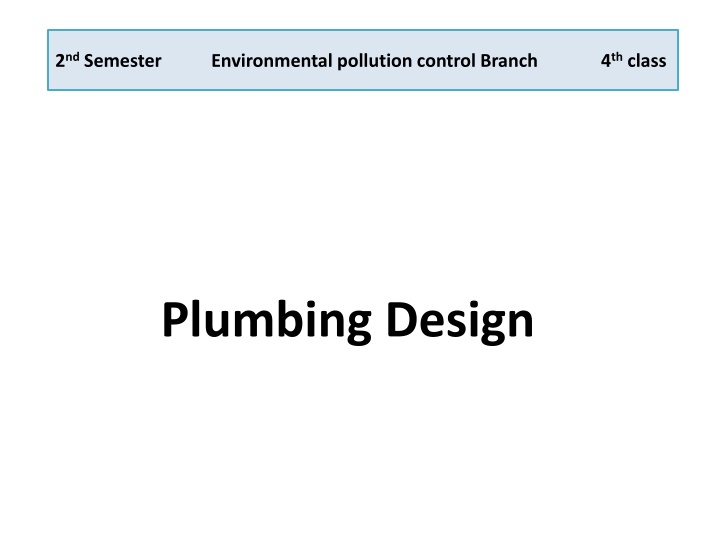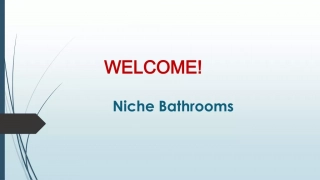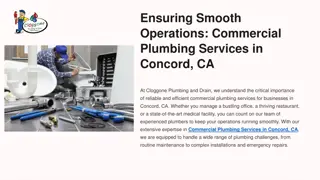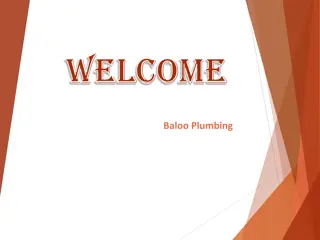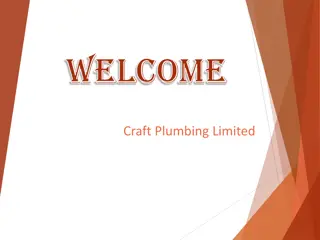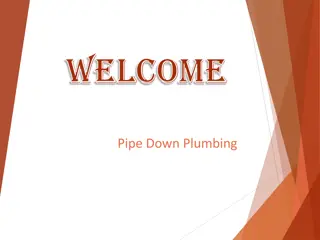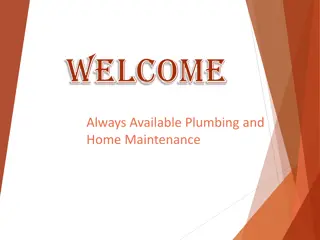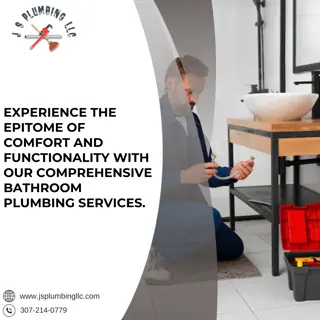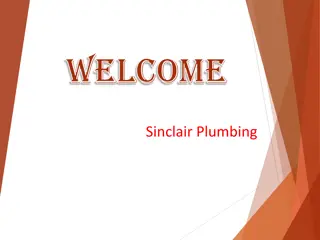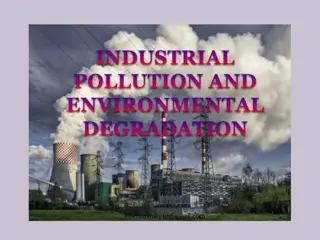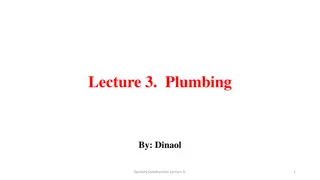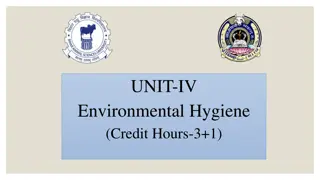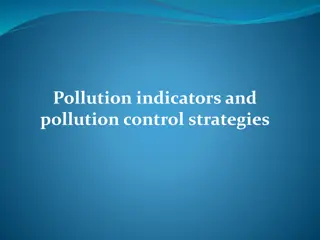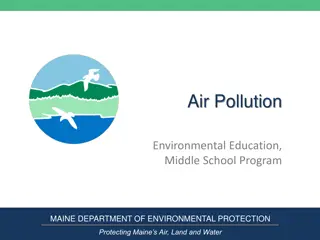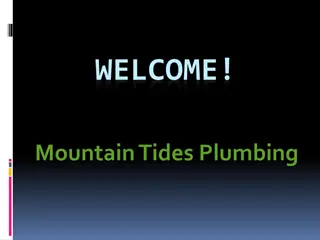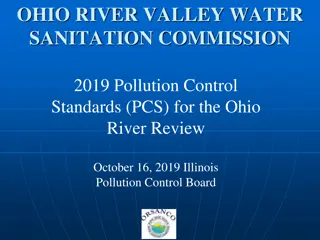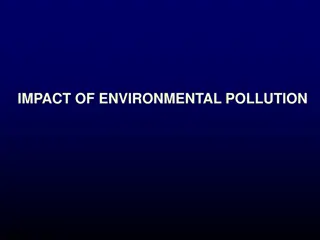Plumbing Design Principles and Practices for Environmental Pollution Control
Understanding the fundamentals of plumbing systems is crucial before delving into water supply and drainage in buildings. This includes the components of a plumbing system, water demand purposes, responsibilities of a plumbing engineer, fixture classifications, and descriptions of key fixtures like water closets, lavatories, bathtubs, urinals, sinks, and showers.
Download Presentation

Please find below an Image/Link to download the presentation.
The content on the website is provided AS IS for your information and personal use only. It may not be sold, licensed, or shared on other websites without obtaining consent from the author.If you encounter any issues during the download, it is possible that the publisher has removed the file from their server.
You are allowed to download the files provided on this website for personal or commercial use, subject to the condition that they are used lawfully. All files are the property of their respective owners.
The content on the website is provided AS IS for your information and personal use only. It may not be sold, licensed, or shared on other websites without obtaining consent from the author.
E N D
Presentation Transcript
2ndSemester Environmental pollution control Branch 4thclass Plumbing Design
Plumbing Before studying the principles and practices underlying water supply and drainage of buildings, it is essential to first understand the meanings of the plumbing terms: Plumbing system : is a system include the water supply distributing system, the fixtures and fixture traps, waste and vent piping,the house drain and house sewer , appurtenances and connections within the structure and adjacent premises. The plumbing constitutes the following: 1- the water supply and water distribution. Carries water from the source, street main or a pump to the building. 2- the plumbing fixtures that receive the supply water and allow the occupants of the building to use the water. 3- the drainage system. The pipe network within the building which conveys from the plumbing fixtures all wastes (sanitary drainage) as well as rainwater to a point of disposal or a treatment facility.
The Demand of Water 1- drinking, cooking, dishwashing 2- personal washing and domestic cleaning. 3- laundry 4- fire fighting 5- swimming 6- boilers and heating plants 7- irrigation
The plumbing engineer is now responsible for the design of the following systems: 1. Sanitary drainage. 2. Sanitary sewage disposal. 3. Storm water drainage. 4. Storm water disposal. 5. Venting. 6. Domestic water (cold, hot). 7. Fire protection.
Fixture Classification Fixture may be divided into the following classes: 1. Water closets. 2. Urinals. 3. Lavatories . 4. Sinks. 5. Bathtubs. 6. Showers.
1- Water closet: A plumbing fixture used to receive human excremental and to discharge it through a waste pipe. 2- Lavatory: A fixture designed for the washing of the hands or face. It is also known as wash basin. 3- Bathtube: A tube for bathing, usually a fixed plumbing installation designed for one person. 4- Urinal: A sanitary fixture equipped with a water supply and drain for flushing away urine. 5- Sink: A plumbing fixtures usually consisting of a basin with a water supply connected with a drain. 6- showers: An apparatus for spraying water on the body , usually from above drain is through the shower bath floor drain.
